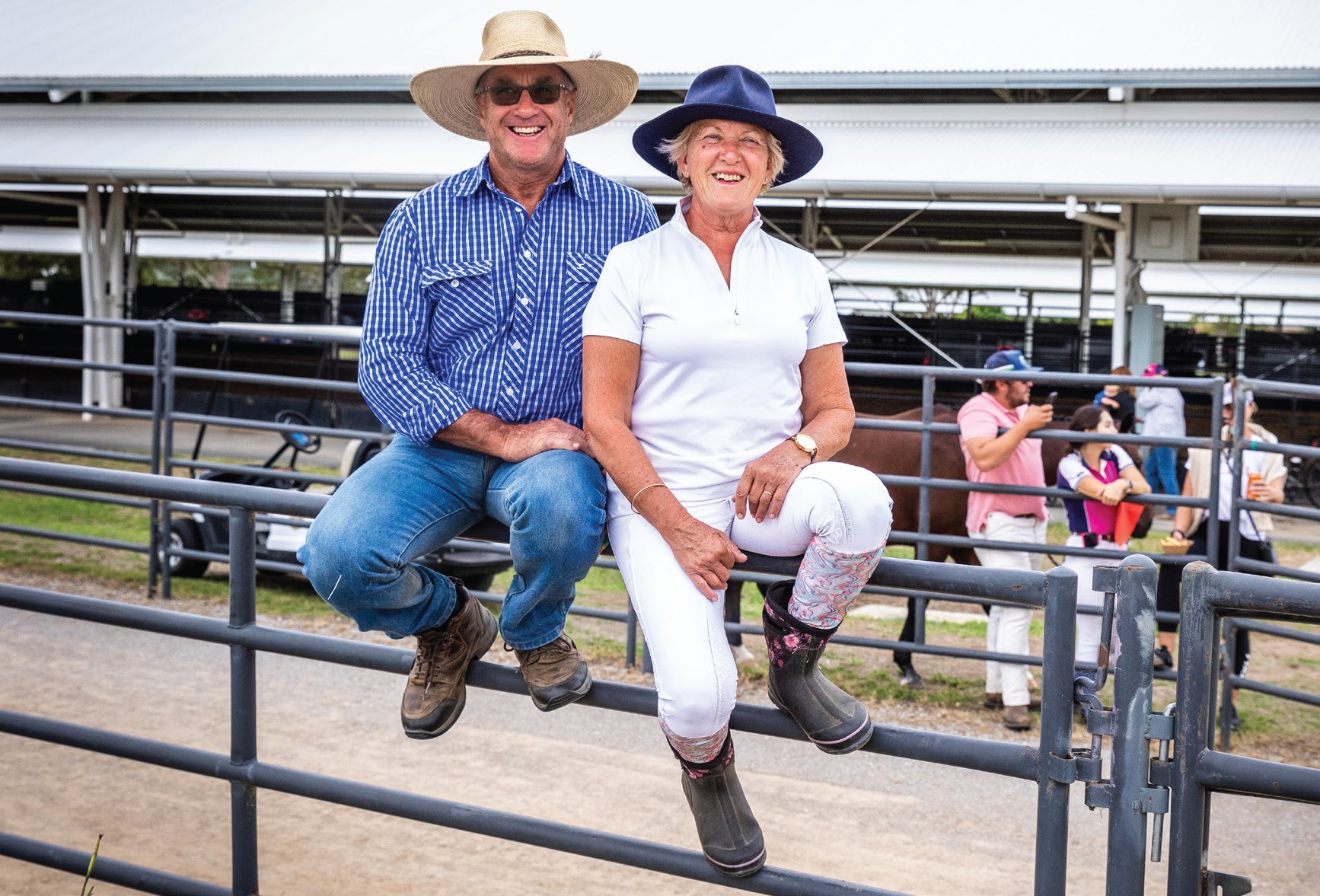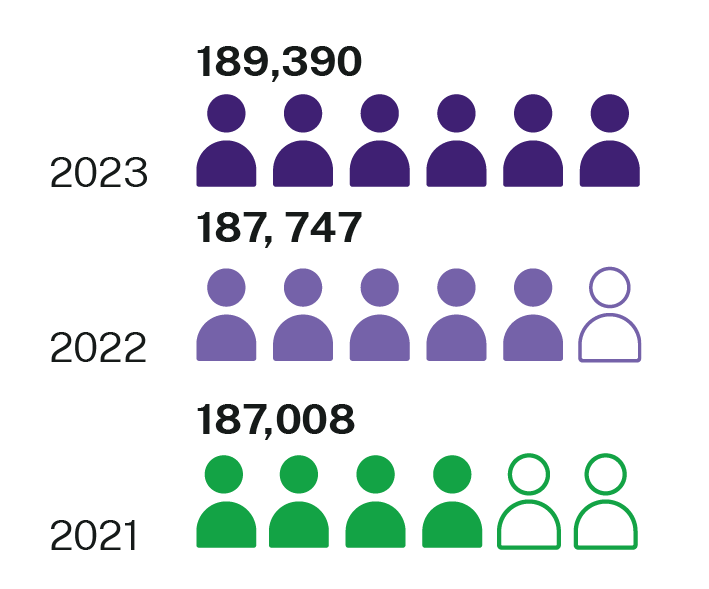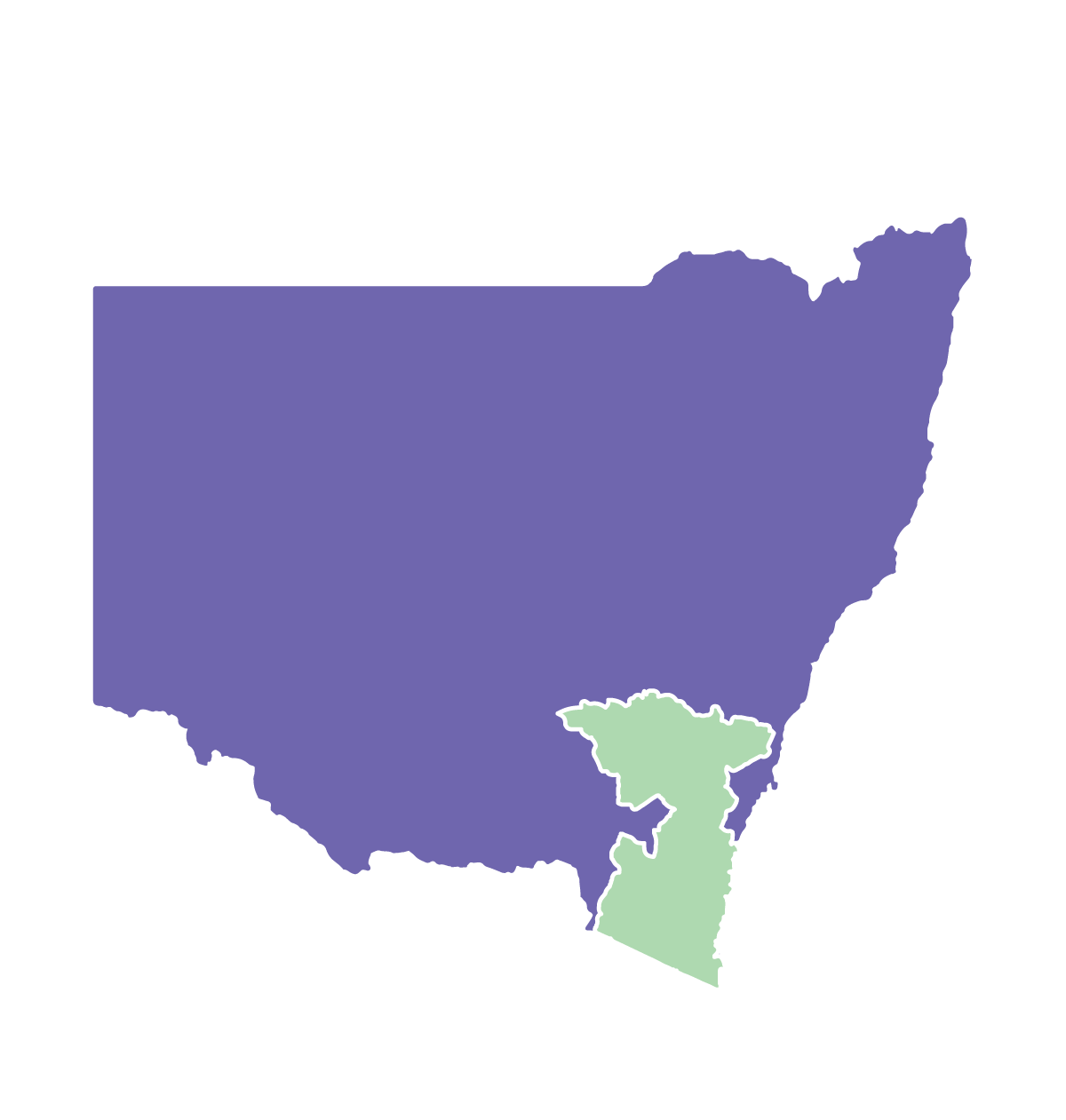Improving housing accessibility and affordability
The NSW Government is committed to improving housing supply to drive down the cost of renting and make home ownership more affordable.
Building on planning reforms that make it easier and faster to deliver housing across the State, the NSW Government is taking action to build better homes and infrastructure for our regional communities. This Budget also delivers social housing for women and children leaving domestic and family violence, as well as support for renters.
The 2024-25 Budget includes:
- $5.1 billion to build 8,400 social homes, including priority homes for victim-survivors of domestic and family violence
- $253.7 million to bolster the State’s planning system, including to assess more development applications and deliver additional State-led rezonings, which will support housing supply across NSW, including in regional areas
- $11.8 million to resource the activities of the Property and Strata Commissioner
- $8.4 million to resource the activities of the Rental Commissioner
- $6.6 million to upgrade the Yass Valley Water Treatment Plant to improve the quality of drinking water and support up to 1,580 new dwellings in Murrumbateman and Yass
- $5.0 million for Landcom to deliver an additional ten build-to-rent dwellings in Bomaderry, with 60 dwellings now to be delivered through a total Government investment of $35.0 million.
A further $85.0 million has also been allocated from the Housing Infrastructure Fund in Restart NSW, as part of a total State and local council investment of $201.9 million. This will help fast‑track infrastructure in growing regional communities, supporting the delivery of tens of thousands of new homes from Tweed Heads to Wagga Wagga.
Strenghtening our education system
All children in NSW deserve the best possible start to life, through access to quality teaching and essential school infrastructure. The NSW Government is delivering on its election commitment to build 100 new public preschools across NSW, with half to be built in the regions.
The NSW Government is also continuing to address teacher shortages in regional, rural and remote parts of NSW through the Priority Recruitment Support program. This program allows schools with longstanding vacancies to advertise a recruitment bonus of up to $20,000, and a relocation support package of up to $8,000 for eligible teachers. An additional 26 regional schools have been added to this program to help attract quality teachers wanting to teach outside of metropolitan areas.
The 2024-25 Budget provides $1.4 billion for regional education infrastructure, to deliver projects such as:
- a new primary school in Huntlee
- a new high school in Huntlee
- a new primary school at Calderwood
- an expansion of Googong Public School Upgrade - Stage 2.
Connecting regional communities through roads and transport
Transport networks and roads are critical to life in regional NSW, connecting communities to one another and supporting the movement of goods produced in our regions to national and international markets.
The NSW Government is committed to ensuring that the roads and transport networks used by regional, rural and remote communities daily are reliable and safe, so people can travel to work, education and health facilities, visit family and friends and keep our supply chains moving.
The 2024-25 Budget includes:
- $3.3 billion to repair State and local roads in areas impacted by natural disasters across NSW, as part of a $5.7 billion total investment in disaster relief and recovery over four years to 2027‑28 jointly funded by the Australian Government
- $1.4 billion to continue construction of the M1 to Raymond Terrace extension and Hexham Straight Widening projects
- $1.2 billion to continue delivering a new rail fleet to replace the ageing regional fleets to improve safety, accessibility, amenities and reliability
- $1.1 billion to continue Princes Highway projects including construction of the Milton Ulladulla bypass, Jervis Bay Road intersection upgrade and Jervis Bay Road to Hawken Road upgrade
- $926.0 million to continue construction of the Coffs Harbour bypass
- $462.9 million to continue construction of the Singleton Bypass – New England Highway Corridor

- $442.7 million to continue planning and early work activities for the Muswellbrook bypass, to improve travel times for long-haul freight movements and safety for all road users on the New England Highway (NSW and Australian Government funded)
- $432.2 million to continue the delivery of Parkes bypass, new Dubbo Bridge, heavy duty pavement upgrades, and investigations to develop and deliver flood mitigation solutions on the Newell Highway between West Wyalong and Forbes (NSW and Australian Government funded)
- $290.0 million additional funding for the Towards Zero Safer Roads Program, bringing the total investment to $2.8 billion. This investment will deliver state‑wide targeted and proven initiatives to improve road safety across NSW, including in regional areas
- $216.3 million to continue planning and early works on the Wyong Town Centre upgrade (NSW and Australian Government funded)
- $200.3 million to continue construction of the duplication of 1.1 kilometres of the Great Western Highway through Medlow Bath, and duplication on the Little Hartley to Lithgow section of the Great Western Highway at Coxs River Road (NSW and Australian Government funded)
- $138.7 million to continue improvements on the Barton Highway
- $132.0 million to enable grade separations on the Inland Rail alignment south of Parkes (NSW and Australian Government funded)
- $97.5 million to continue the upgrade of Avoca Drive to improve traffic flow and deliver infrastructure for active and public transport access through Kincumber (NSW and Australian Government funded)
- $66.2 million to continue the Fixing Country Rail Program to deliver improved movement of freight and increase reliability of the regional rail network
- $59.4 million to continue planning for the Mandalong Road upgrade
- $39.8 million over four years to continue planning and design for Gosford Bypass, under the Regional Roads Fund
- $38.9 million to continue the Tumbi Road and Central Coast Highway intersection upgrade
- $36.4 million to continue the development and delivery of safety upgrades on the Bells Line of Road
- $28.6 million allocated to contribute to building new heavy vehicle rest stops that will help combat driver fatigue
- $22.5 million to continue pavement surface upgrades on the Hume Highway at Marulan
- $21.3 million to continue improving safety, reliability and travel times on Waterfall Way
- $20.9 million to continue widening of the Marshalls Creek bridge and reduce congestion in Wagga Wagga
- $10.0 million for the Illawarra Rail Resilience Plan to determine options to upgrade and rebuild infrastructure along the South Coast Line.
Supporting regional economic development
Regional and rural NSW is home to a diverse range of export industries that are vital for our State’s economic growth. The NSW Government is taking a fresh approach to how it invests in the regions to make sure we can help meet the needs of all communities.
The Regional Development Trust (the Trust) will deliver improved social and economic outcomes for regional NSW, with a focus on:
- sustainable regional industries
- First Nations economic development and enterprise
- community connection and capacity building
- improving regional service delivery.
As part of the 2024-25 Budget, the NSW Government is investing an additional $50.0 million into the Trust, bringing the total commitment to $400.0 million.
The Government has also announced the first tranche of investments from the Trust, which includes:
- $15.0 million to improve rural and remote airstrips across NSW, ensuring they are accessible year‑round
- $10.0 million for a Western NSW Workforce Activation Package to establish, expand or upgrade early childhood and education care across Bourke, Broken Hill and Cobar
- $5.0 million for an Aboriginal Economic Development Package to support First Nations businesses and organisations to identify and execute commercial opportunities, leading to improved economic and employment outcomes.
The NSW Government is delivering transformational infrastructure, principally funded from the Snowy Hydro Legacy Fund, in strategic regional centres to support the economic development of the State. This includes the continuation of:
- $332.2 million to transform Parkes into a national freight and logistics hub
- $283.4 million over the next four years to enhance digital connectivity for rural, regional and remote NSW communities, providing faster and more reliable telecommunications
- $224.8 million to support Moree becoming a thriving business hub, with sustainable water endowments and new technologies to support diversifying its strong agricultural economy
- $212.2 million for Wagga Wagga to be a sustainable hub of high-value agricultural and food manufacturing, supporting industries and businesses to connect to the world
- $196.3 million in the Snowy Mountains region for essential infrastructure to support housing and year-round tourism
- $45.0 million to support farmers and agribusinesses in the adoption of digital technology and on-farm connectivity solutions, to improve resource management, boost productivity and enhance water security.
Additional investments to support regional economies include:
- $21.0 million to establish a modern, fit for purpose animal welfare framework, including additional support for Approved Charitable Organisations
- $17.7 million to assist in the delivery of social and environmental outcomes in state forests that are not used for wood production
- $5.0 million to provide low-interest loans to eligible small and medium businesses to encourage economic growth and employment in regional NSW
- $4.0 million to continue the award‑winning Holiday Break program, delivering recreational programs to young people during school holidays
- $3.0 million for Regional and Community Newspaper Support, to better support regional media in diversifying and expanding digital content.
























